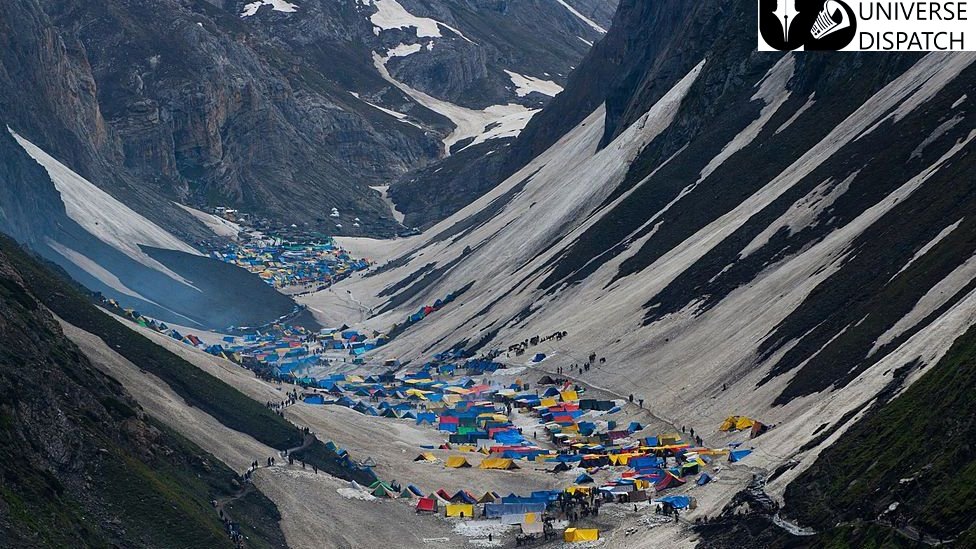The Himalayan Hazards Nobody is Monitoring
Glacial: Retreating icefield in the Himalayas is not only dangerously filling up glacial lakes. But they are also causing other hazards that are not being monitored, scientists have warned. Moreover, the recent flash flood disaster in India’s Uttarakhand state. They said, is the latest example of such a perilous knowledge gap.
The Himalayas have the largest number of glaciers on Earth outside the poles and they have lost billions of tonnes of ice due to accelerated melting caused by global warming. However, there is simply no full understanding of what actually is happening in terms of such hazards, said professor Jeffrey Kargel. A senior geologist in the US who has researched a number of disasters in the Himalayas and who is also looking into the Uttarakhand disaster.
Dangers of Retreating Glaciers
Experts say when glaciers retreat or thin out, some of them can become dangerous. For instance, in some cases, the remaining ice of retreated icefields can hang perilously on steep walls of mountains and can collapse at any time.
While it is also possible that thinned or retreated icefields can make unstable the ground below. Around them which they would have otherwise buttressed. This can make the area prone to landslides, rockfall, or icefall and even potentially lead to the collapse of entire mountain slopes.
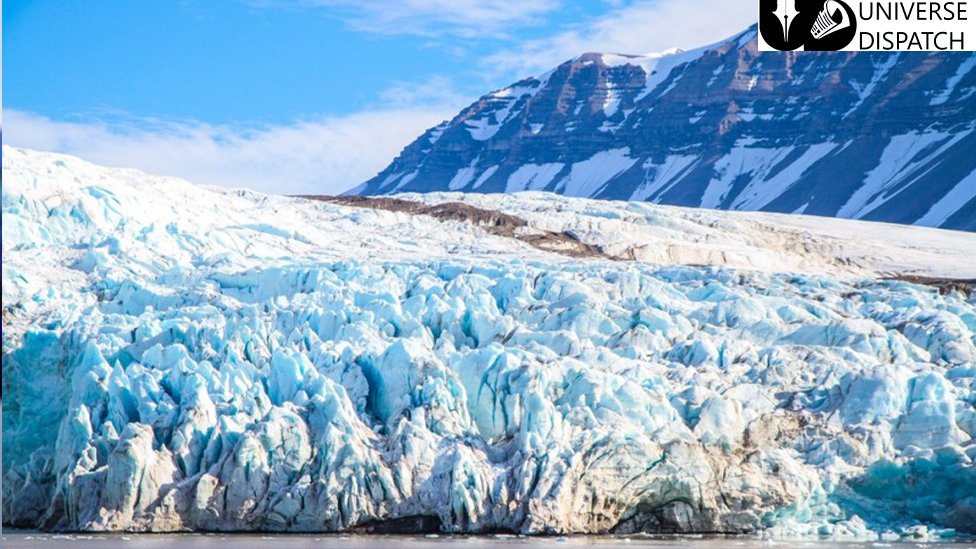
However, they say don’t know where exactly such glacier-related dangers are lurking which human settlements and infrastructure downstream are under threat.
There are more than 50,000 icefields in the Himalayas and the Hindu Kush region. And only 30 of them are being closely observed, including field studies, said Muhammad Farooq Azam. A glaciologist with the Indian Institute of Technology, Indore.
Earthquakes and Climate
Scientists say as the youngest mountain range in the world. The Himalayas are still growing and earthquakes often destabilize their slopes. Moreover, changing snowfall and rainfall patterns in the wake of climate change make the mountains more vulnerable, they add. And the warming-related changes in the icefields make things worse, they warn.
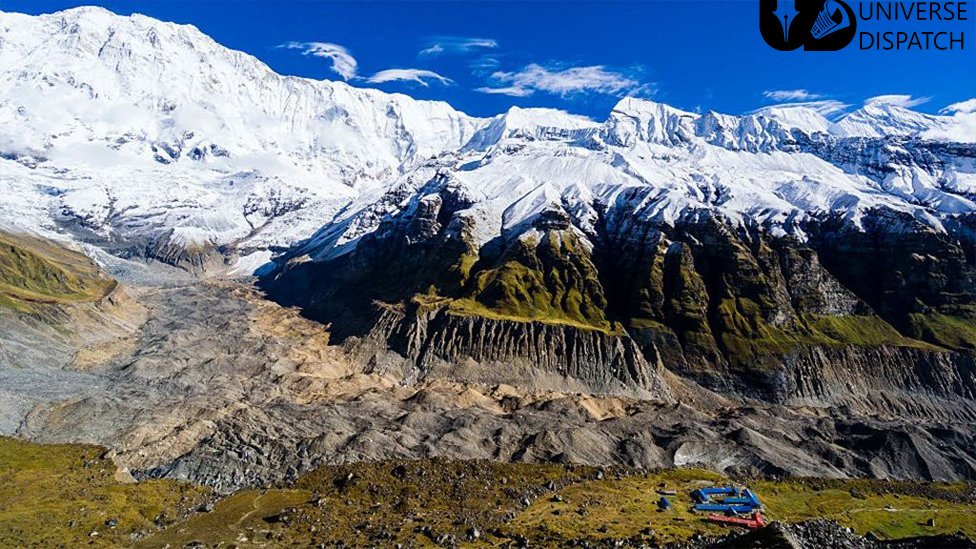
An icefield in Tibet’s Aru mountain suddenly collapsed in 2016 causing a massive ice flood that killed nine people and hundreds of livestock. A second icefield on the same mountain collapsed unexpectedly just a few months later. Moreover, experts say a flood of ice and rock from the Siachen glacier in Kashmir in 2012 killed. Nearly 140 people, most of them Pakistani soldiers.
‘Fewer Icefields, More Landslides’
A recent study of some high mountains of Asia – including the western Himalayas. The eastern part of the Pamir, Karakoram, and south of the Hindu Kush mountain range. It’s linked the number of larger landslides and their increased frequency between 1999 and 2018 to the retreat of glaciers.
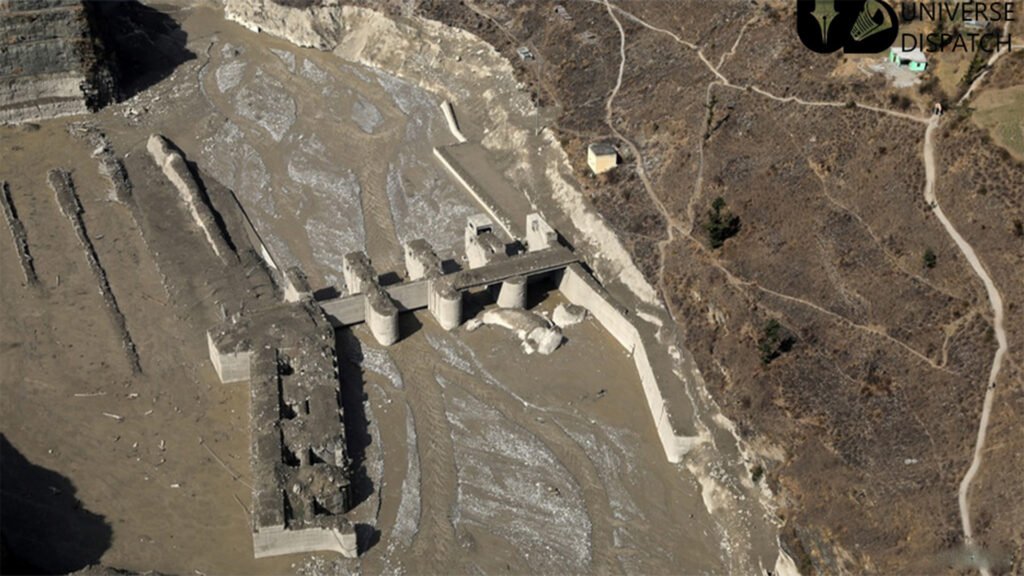
Moreover, scientists with the Chinese Academy of Sciences, who conducted the study with the help of satellite images from the United States Geological Survey. Identified 127 such landslides that had happened between 2009-2018.
On the other hand, a special report on the cryosphere by the Intergovernmental Panel on Climate Change (IPCC) in 2018. Icefields retreat and permafrost thaw have decreased the stability of mountain slopes and integrity of infrastructure.
The cryosphere is the part of the planet that has water in a frozen state such as mountain glaciers, continental ice sheets, snow, and ice-covered areas, and sea ice.
Focus on Glacial Lakes
Of the limited studies on Himalayan glaciers to data, most are focused on their accelerated melting. And whether that will dangerously fill glacial lakes, causing them to burst.
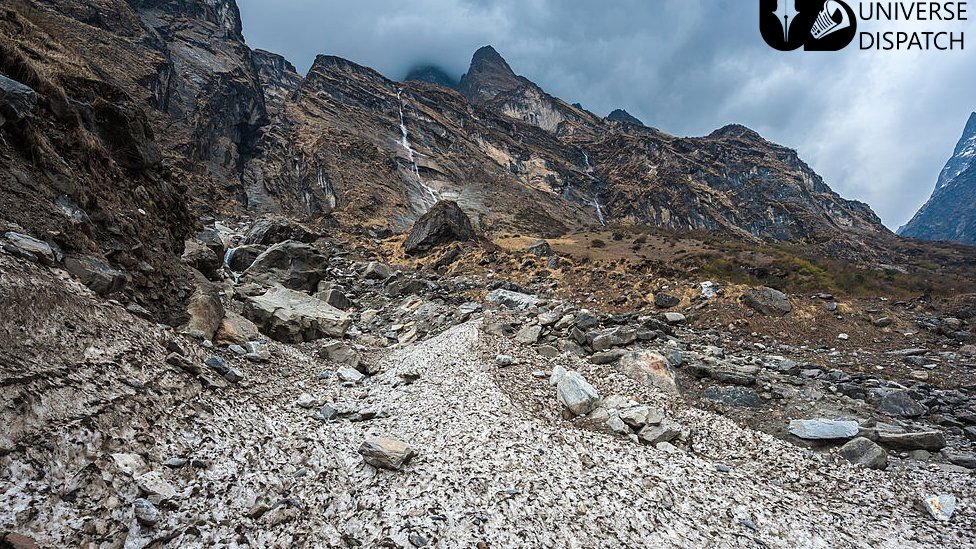
Moreover, some of them have also looked into what could happen to glacier-fed rivers in the region if glacial retreat accelerated with rising temperature. However, critics say glacial lakes have received all the attention while other hazards associated with fast-melting glaciers have been ignored.
On the other hand, experts with the International Center for Integrated Mountain Development which has been working in the Himalayan region for many years, say icefields lake-related floods have historically caused more problems in the region.
‘Frozen Glacial Studies’
India’s own government agencies criticize for not paying adequate attention to the threat. Moreover, we had initiated a center in 2009 to study icefields and that was supposed to be developed into India’s national institute of glaciers, said Dr. DP Dobhal. A senior glaciologist who recently retired from the Wadia Institute of Himalayan Geology, an autonomous body under the Ministry of Science.
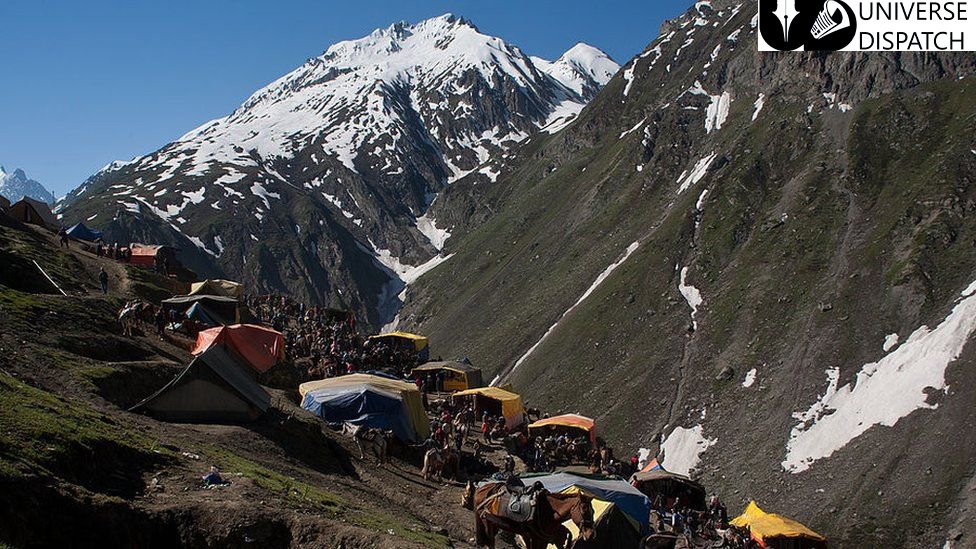
The Indian government has eight national missions under its National Action Plan on Climate Change. And one of them is “sustaining the Himalayan ecosystem”. Meanwhile, its goal states it should look at the development and adoption of new methods for assessing the health of the Himalayan ecosystem. Including those of glaciers and create a database of the same.
However, some experts say the tension between India and its neighbors like China and Pakistan. That share borders in the Himalayas has also been a major hindrance. They need to come together, they need to share information on the glaciers across borders, said Anjal Prakash. Who was a lead coordinating author for the IPCC special report on ocean and cryosphere?
Only then we will be able to widely monitor the dangers associated with retreating icefields. It can prepare us to deal with disasters.


